Four gray vultures have just been released in Spain’s Iberian Highlands as part of an ongoing reintroduction program. Restoring this ecologically important and iconic bird to a breeding species will enhance the health of wild landscapes and support nature-based economic development.
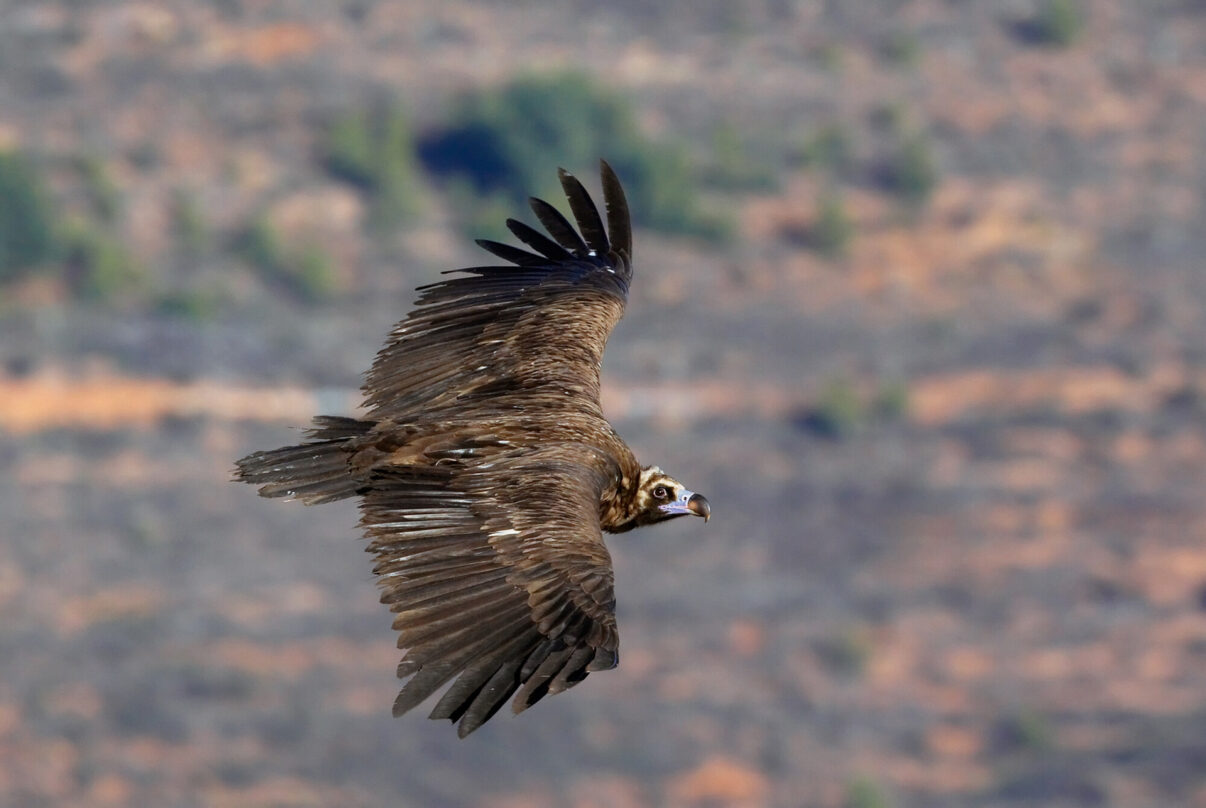
Marcus Valesvo/Wild Wonders of Europe
Towards the Wilder Iberian Highlands
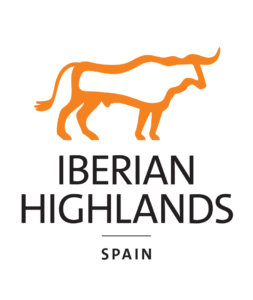 There are four more gray vulture Published in iberian highlands Rewilding landscapes in Spain as the latest phase of an ongoing reintroduction program. The birds came from the Wildlife Rehabilitation Center in the Castilla-La Mancha region and were housed in Alto Tajo Natural Park A few months before being released. this majestic return key species Iberian Highlands will help achieve a wilder, healthier Iberian Highlands landscape.
There are four more gray vulture Published in iberian highlands Rewilding landscapes in Spain as the latest phase of an ongoing reintroduction program. The birds came from the Wildlife Rehabilitation Center in the Castilla-La Mancha region and were housed in Alto Tajo Natural Park A few months before being released. this majestic return key species Iberian Highlands will help achieve a wilder, healthier Iberian Highlands landscape.
“This latest release is an exciting and important step forward for the program, bringing us one step closer to the recovery of the Gray Vulture in the Iberian Highlands,” said Pablo Shapi, leader of the Spanish rewilding team Pablo Schapira said. “These iconic scavengers are life circlewhile they enhance the landscape value of local communities by promoting nature-based tourism. “
The Gray Vulture reintroduction program started in 2020 and is managed by the Regional Government of Castilla-La Mancha and the Alto Tajo Natural Park, with field work carried out by Rewilding Spain and Spanish NGOs natural place. With the latest release, 21 gray vultures have now been released through the program, which aims to restore the bird’s resident and breeding populations in the Alto Tajo and Serranía de Cuenca regions. Eventually a total of 40 to 50 birds will be released.
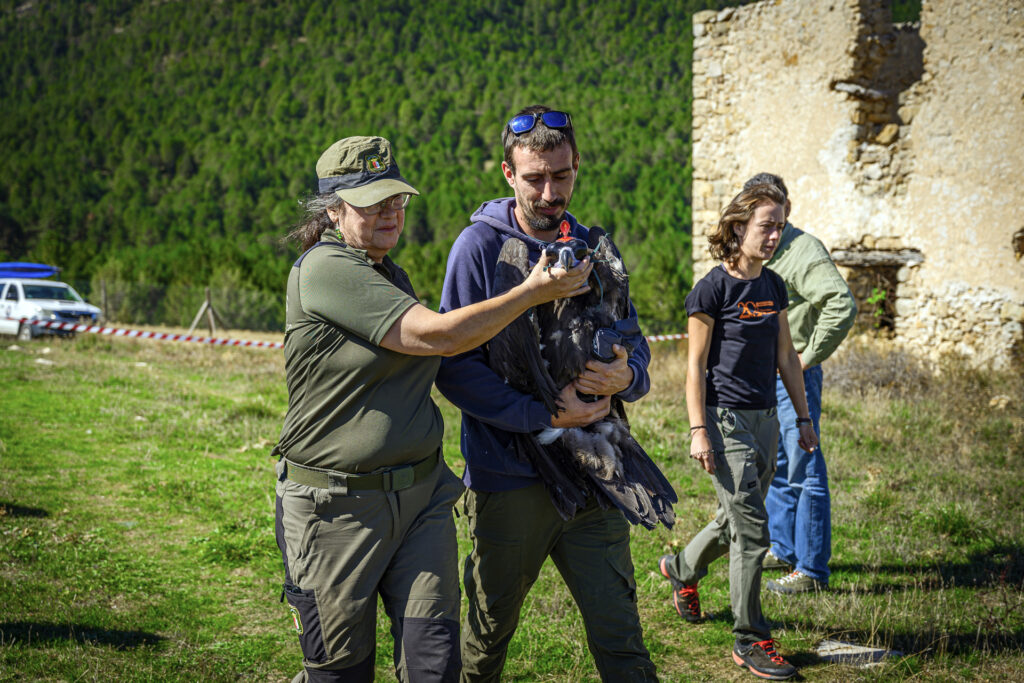
Ricardo Rubio
Achieve breeding success
Unlike griffons, which nest on cliffs, gray vultures make their home in the treetops. This makes the species very sensitive to the degradation and loss of natural forests. The protected status of the Alto Tajo and Serranía de Cuenca forests means that birds should have the necessary conditions to establish habitats.
The acclimatization of gray vultures in local aviaries helps the released birds colonize the area. More than 20 nesting platforms have been set up in local trees, two of which feature life-size baits. To strengthen the vultures’ connection with the local landscape, six captive breeding stations were also established as part of the reintroduction programme. The animals regularly supply livestock carcasses from local farms.
In an ideal world, vultures across Europe would simply feed on the carcasses of wild animals. However, declining wildlife populations mean livestock carcasses are often an important food source. This is the case in the Iberian Highlands, where extensively grazed livestock far outnumber free-roaming wild herbivores such as deer. Spanish rewilding teams are overseeing the continued release of wild and semi-wild herbivores such as horses and Tauruswith the aim of increasing the supply of natural carcasses of the vulture species in the Iberian Highlands. In addition to the gray vulture, it also includes the gryphon and the Egyptian vulture.

Juan Carlos Muñoz/Rebuilding Europe
positive signs
Next spring will be a critical time for the gray vulture release program, as it will be the first time that previously released birds reach breeding age.
“This is the starting point for bird pairing,” explains Ángel Vela, general manager of the Alto Tajo Natural Park. “Several vultures have become established locally, while some birds from existing habitats in other areas have also been spotted. This is a promising sign for the future and we pray the breeding is successful.”
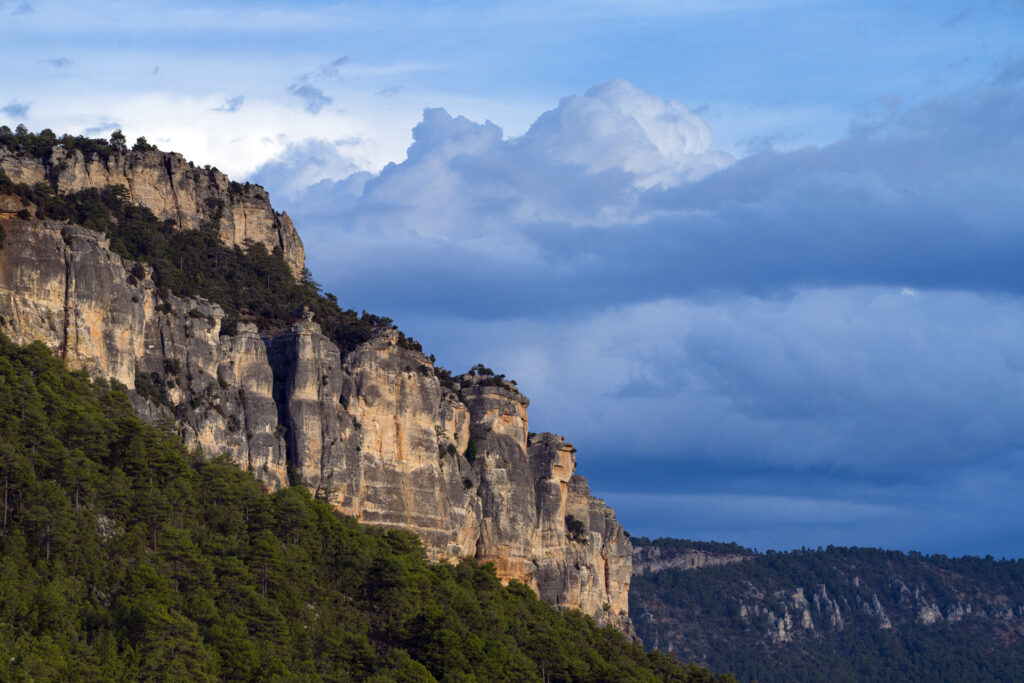
Juan Carlos Muñoz Robredo/Rewilding Europe
track
A month before being released, the four gray vultures were tagged with GPS transmitters, a very light, solar-powered device that allows for very precise tracking. These will allow the reintroduction team to monitor the birds’ movement and behavior. The marking was carried out with the support of Víctor García Matarranz, expert of the Ministry of Ecological Transition and Demographic Challenges (MITECO), and his team.
GPS transmitters attached to the vultures released through the program show that they have traveled extensively across Spain. However, most people still spend most of their time in the Iberian Highlands.
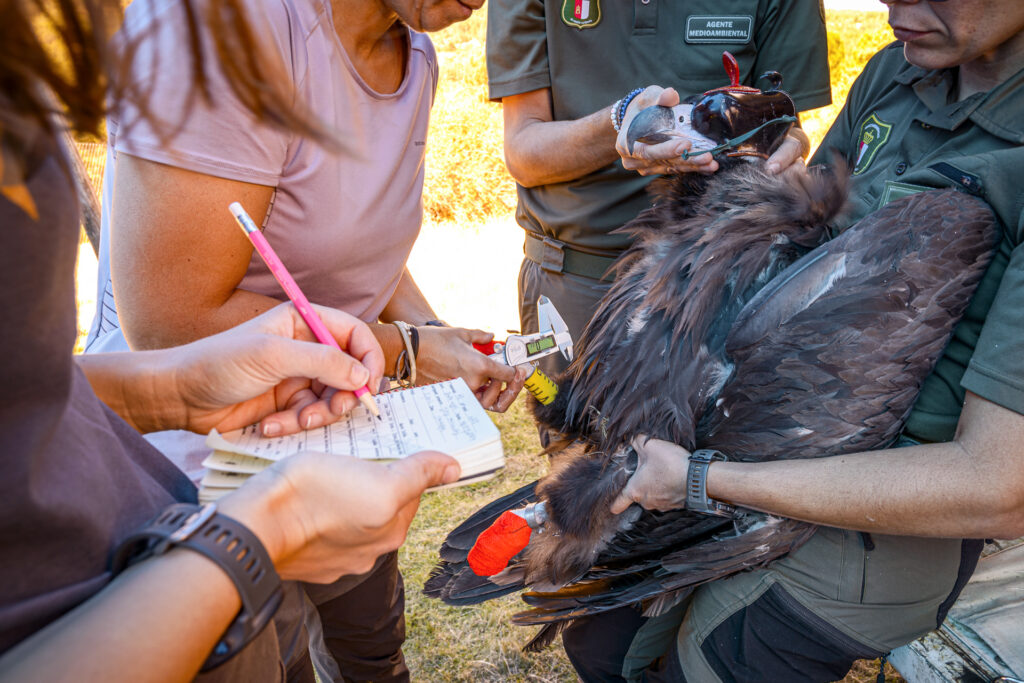
Ricardo Rubio
valuable support
Spain’s rewilding efforts in the Iberian Highlands are supported by Endangered Landscapes and Seascapes Scheme, Cartier advocates natureand Arcadia.
Our work to rebuild Europe Rewilding the landscape Backed by a wide range of high-value partners. We would like to pay special thanks to those who provided core funding – in particular Ecological Restoration Fundthis Dutch Postcode Lottery, WWF Netherlandsand Arcadia. Their long-term support plays a vital role in enabling us to achieve and expand our rewilding impact.

